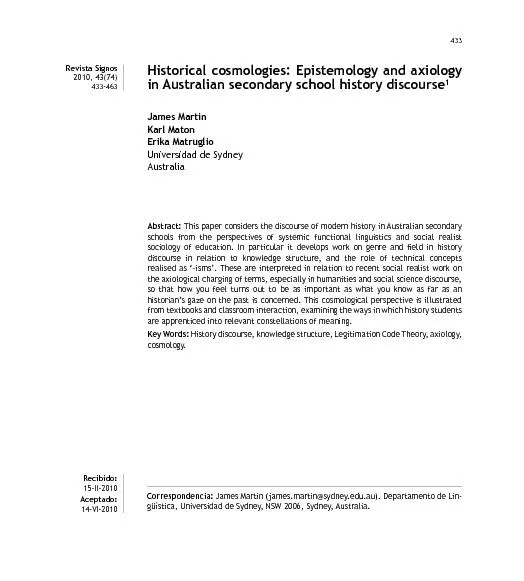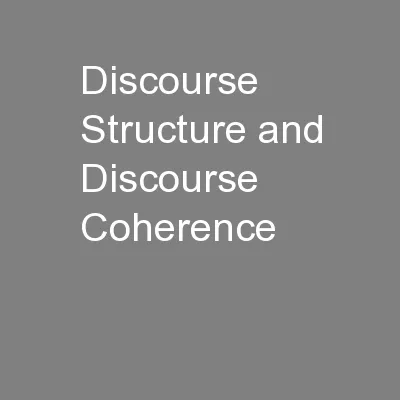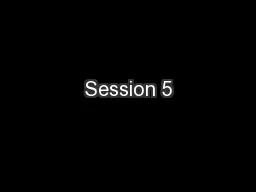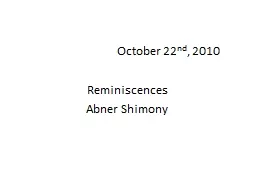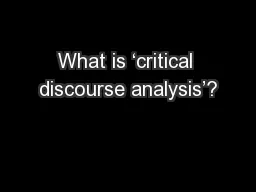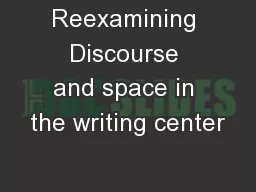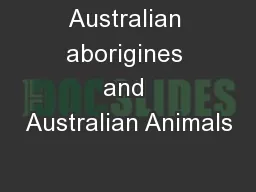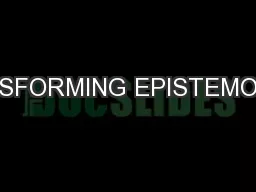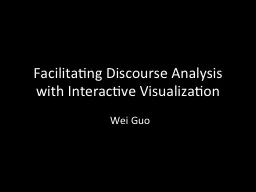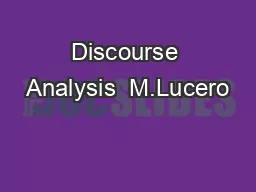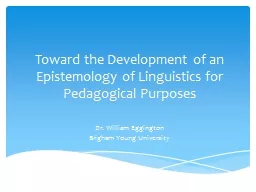PDF-Epistemology and axiology in Australian secondary school history discourse
Author : alexa-scheidler | Published Date : 2017-03-28
433 Recibido 15II2010 Aceptado James Martin jamesmartinsydneyeduau Departamento de Lin niversidad de Sydney NSW 2006 Sydney Australia Revista Signos Historical
Presentation Embed Code
Download Presentation
Download Presentation The PPT/PDF document "Epistemology and axiology in Australian ..." is the property of its rightful owner. Permission is granted to download and print the materials on this website for personal, non-commercial use only, and to display it on your personal computer provided you do not modify the materials and that you retain all copyright notices contained in the materials. By downloading content from our website, you accept the terms of this agreement.
Epistemology and axiology in Australian secondary school history discourse: Transcript
Download Rules Of Document
"Epistemology and axiology in Australian secondary school history discourse"The content belongs to its owner. You may download and print it for personal use, without modification, and keep all copyright notices. By downloading, you agree to these terms.
Related Documents

